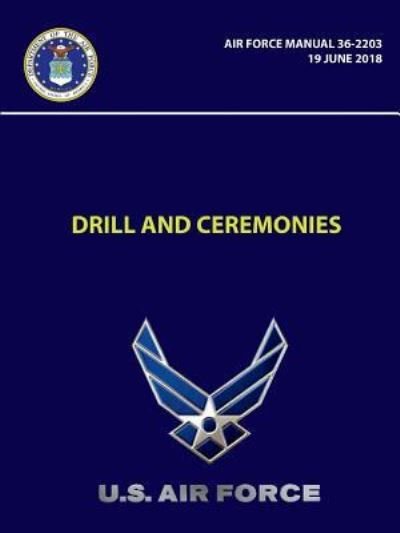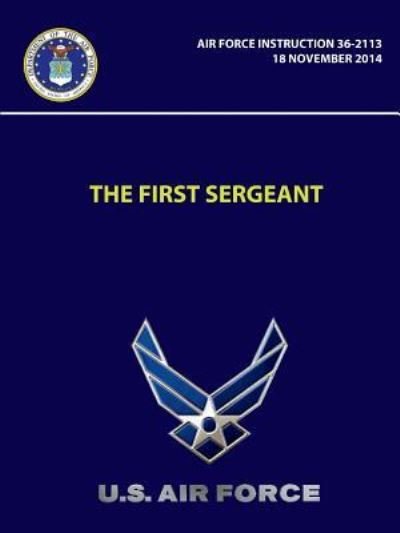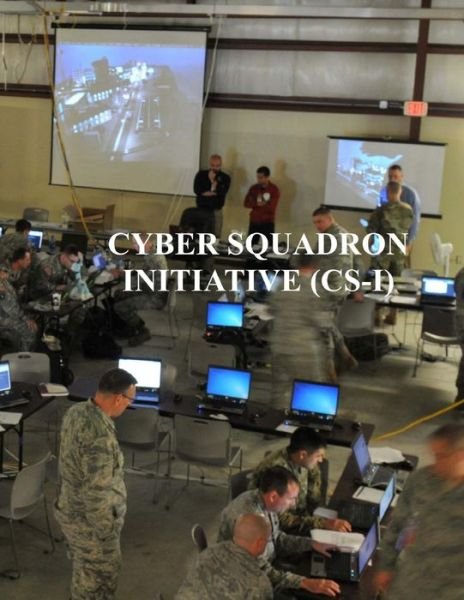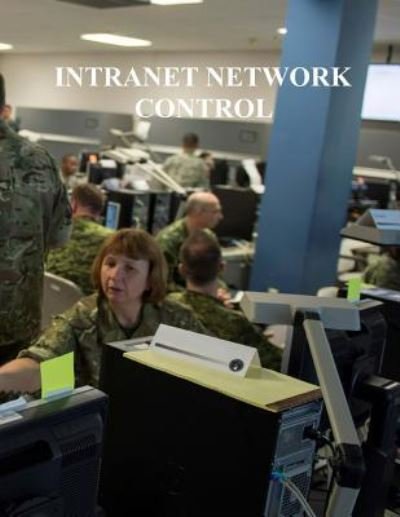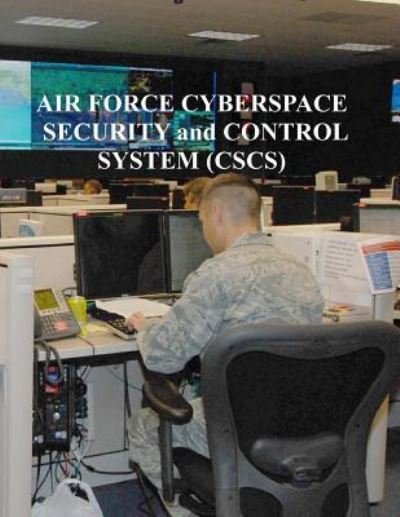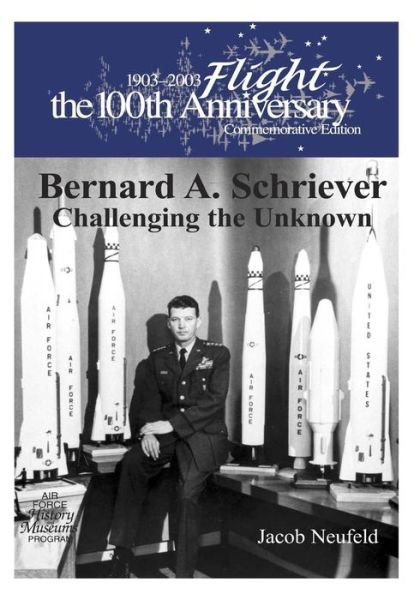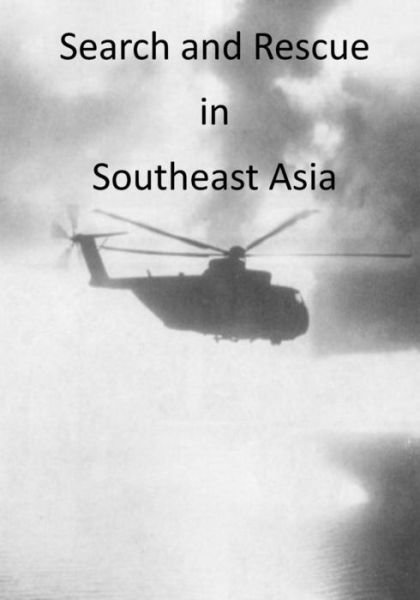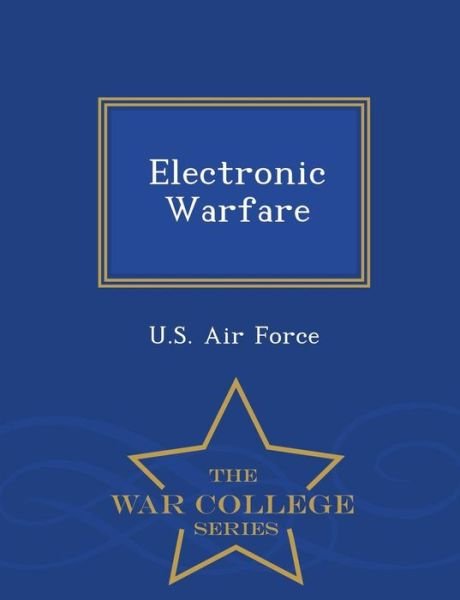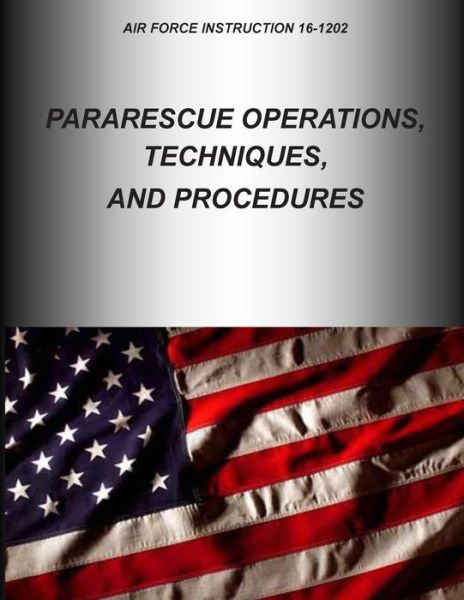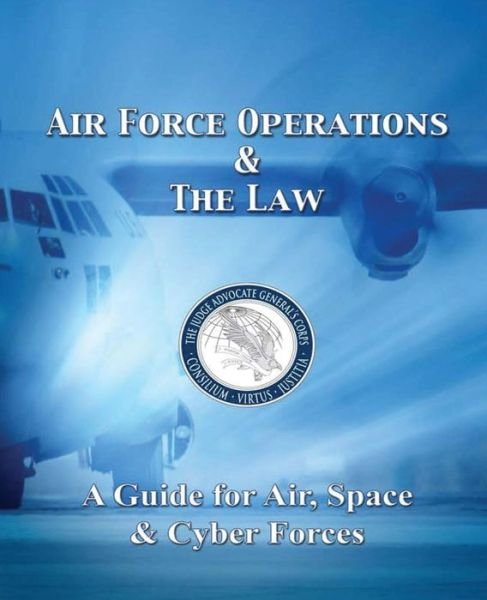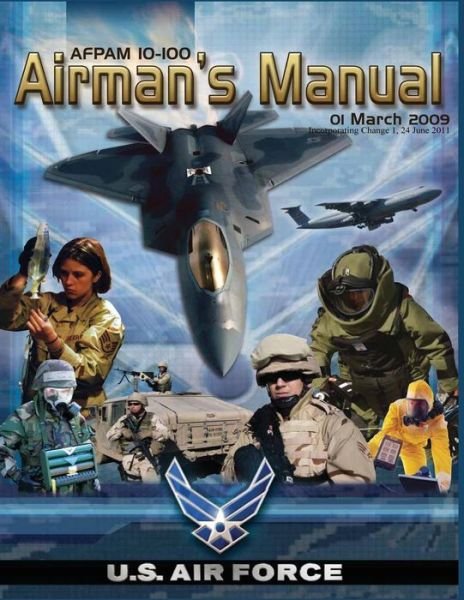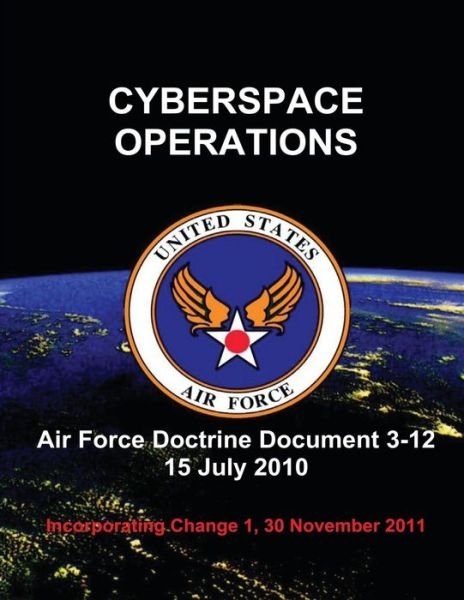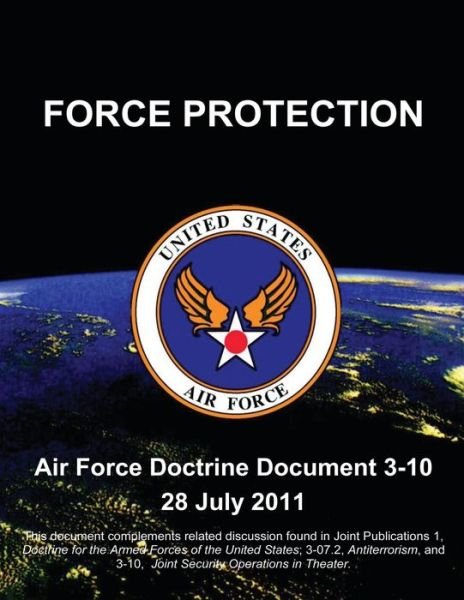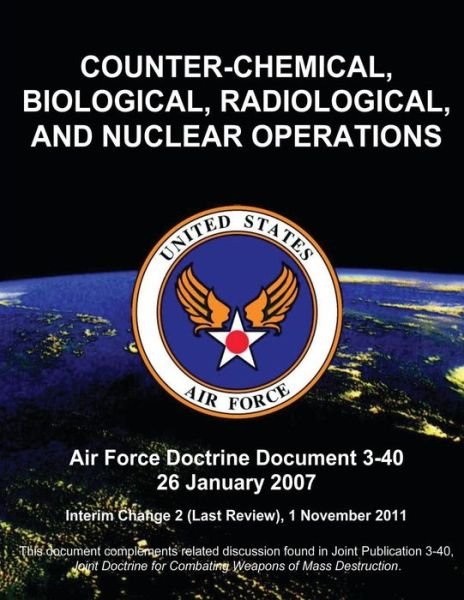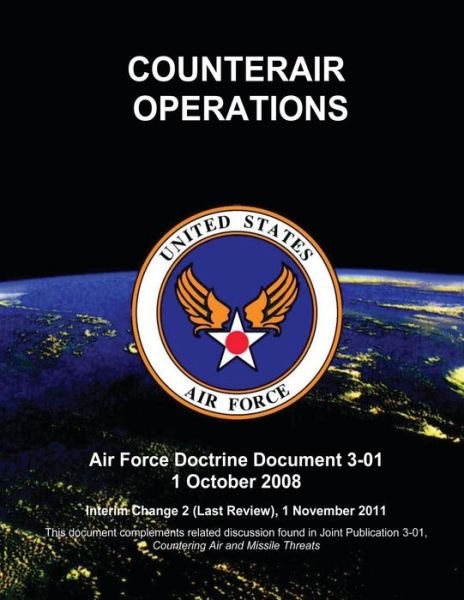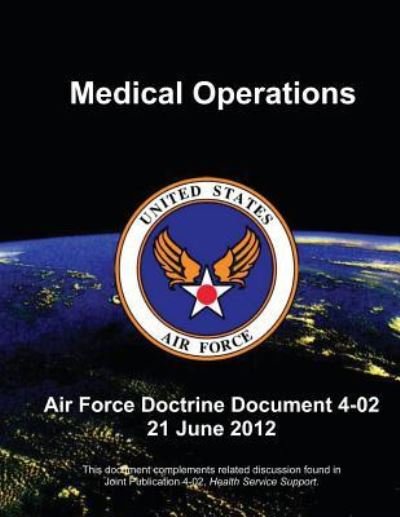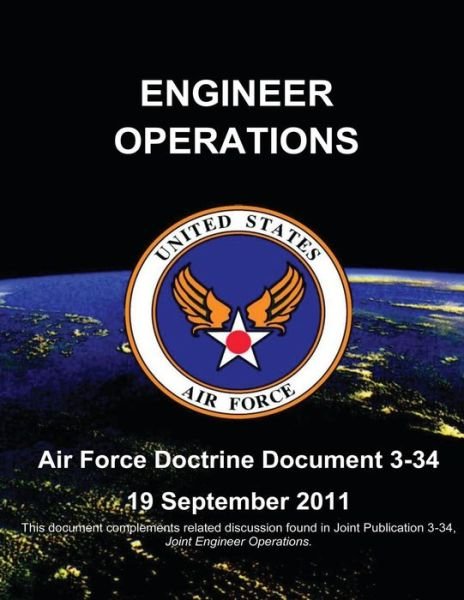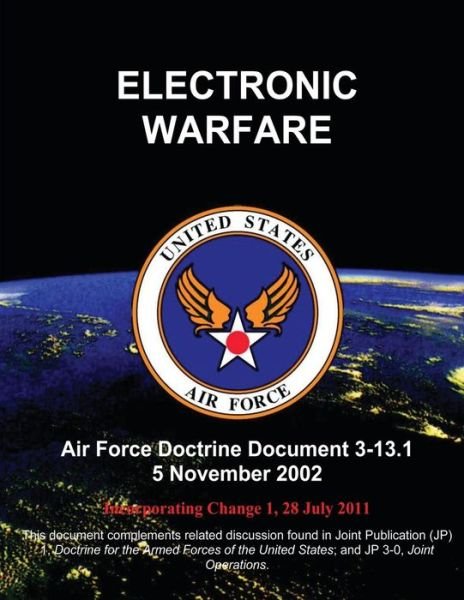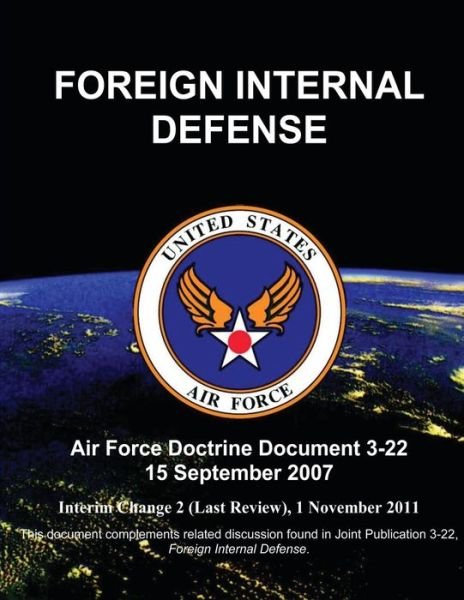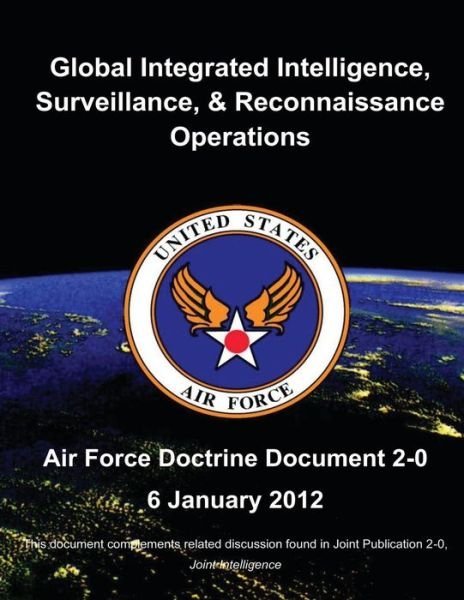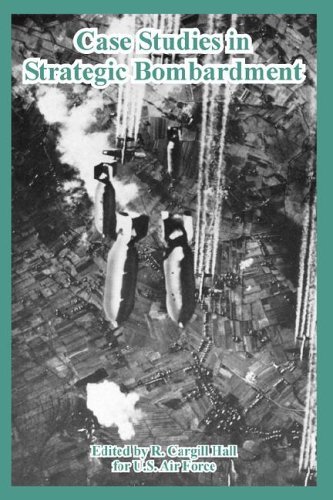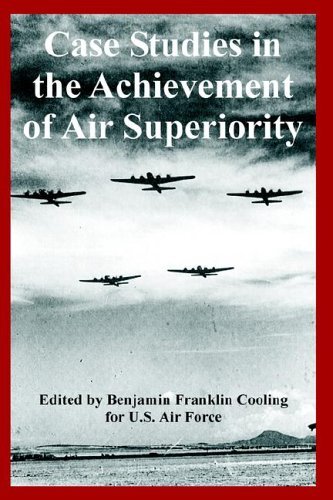
Tell your friends about this item:
Case Studies in the Achievement of Air Superiority
U S Air Force
Case Studies in the Achievement of Air Superiority
U S Air Force
Writing in 1978, General William W. Momyer, former Commander of the Tactical Air Command and a distinguished veteran fighter pilot, stated that: The contest for air superiority is the most important contest of all, for no other operations can be sustained if this battle is lost. To win it, we must have the best equipment, the best tactics, the freedom to use them, and the best pilots. Certainly, the wide-ranging case studies examined in this book confirm this message, as do more contemporary experiences from the Falklands War, the Bekaa Valley, and, most recently, the Gulf War of 1991. The historical roots of air superiority date to the First World War, which marked the emergence of the fighter airplane, offensive and defensive fighter doctrine, and the trained fighter pilot. By the end of the war, the Imperial German Air Service had been decisively outfought, and though occasional bitter air combat still occurred, the Allied air arms were free to harass and attack German ground forces wherever and whenever they chose. After the war, there were defense commentators who injudiciously predicted--not for the last time--that the era of dogfighting was over; higher aircraft speeds would make maneuvering air combat a thing of the past. Instead, the lesson of the importance of air superiority was rediscovered in the skies over Spain, and confirmed again throughout the Second World War. Having tenaciously wrested air superiority from the Luftwaffe, the Allies in 1941 went on to achieve genuine air supremacy, a situation acknowledged by General Dwight Eisenhower, who, riding through Normandy after D-Day, remarked to his son: "If I didn't have air supremacy, I wouldn't be here." Sadly, many of these lessons were lost in the post-Second World War era, when technology advances-supersonic design theory, nuclear weapons, and "robot" aircraft--seemed to signal an end to the traditional air-to-air fighter--even though the experience of the Korean War demonstrated that transonic jet combat was not merely possible, but the new normative form of air warfare. Indeed, the fighter airplane underwent a dramatic transformation into a nuclear-armed strike aircraft, now that popular wisdom held that surface-to-air and air-to-air missiles foreshadowed the end of the era of "classic" air combat. That prediction collapsed in the face of the Vietnam war and the experiences of the Middle East. The 1970s witnessed both a revolution in fighter aircraft design (spawned by the technology advances of the 1960s and 1970s) and a return to basics in both design fundamentals and the training of fighter pilots. Operations in the Falklands war, over the Bekaa Valley, and most recently, during DESERT STORM confirmed not only the benefits of this revolution and rediscovery, but also the enduring importance of air superiority. During DESERT STORM (which occurred while this book was in press) the airmen of the United States Air Force established air superiority over Iraq and occupied Kuwait from the outset of the war, defeating the Iraqi air force both in the air and on the ground. By so doing, they created the conditions essential for decisive air war. Strike and support aircraft and helicopters could go about their duties without fear of molestation from enemy aircraft. Iraq's forces, pinned in place, were denied any respite from punishing air attack. Because of coalition air supremacy, coalition land operations could be undertaken with an assurance, speed, and rapidity of pace never before seen in warfare. Bluntly stated, the Gulf war demonstrated that with air superiority, General Norman Schwarzkopf could undertake his famed "Hail Mary" play. Lacking air superiority, Iraq paid dearly. Its III Corps became vulnerable to air attack--stuck in a traffic jam out of Kuwait City on the "Highway of Death." Air superiority, like democracy itself, must be constantly secured and renewed.
700 pages
| Media | Books Paperback Book (Book with soft cover and glued back) |
| Released | June 30, 2005 |
| ISBN13 | 9781410224798 |
| Publishers | University Press of the Pacific |
| Pages | 700 |
| Dimensions | 152 × 229 × 39 mm · 1.01 kg |
| Language | English |
| Editor | Cooling, Benjamin Franklin, III |



